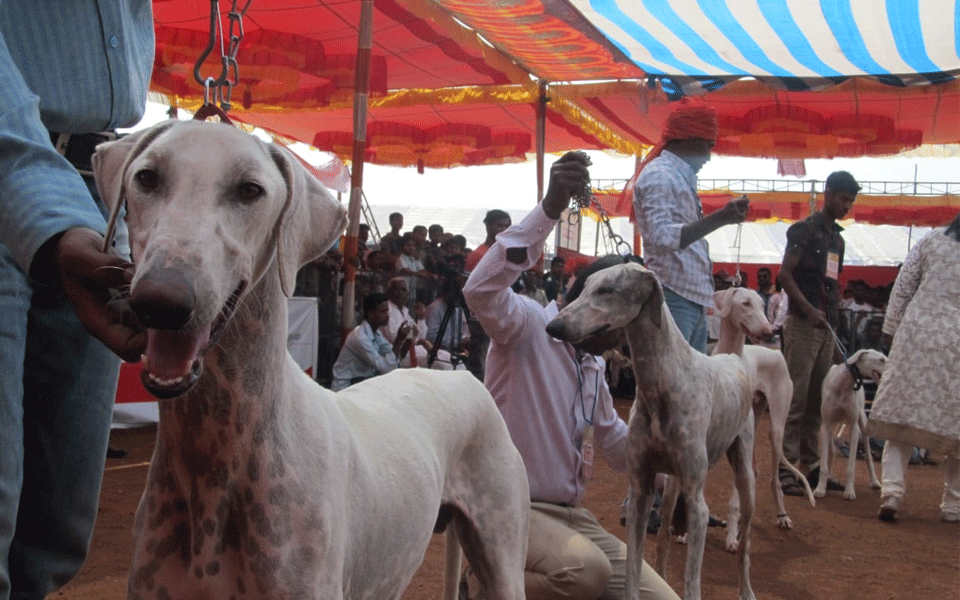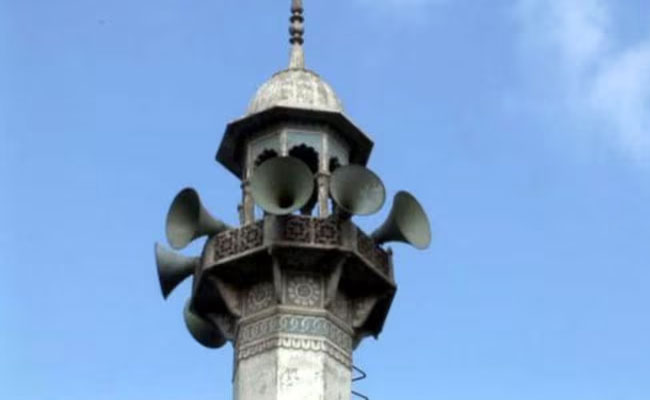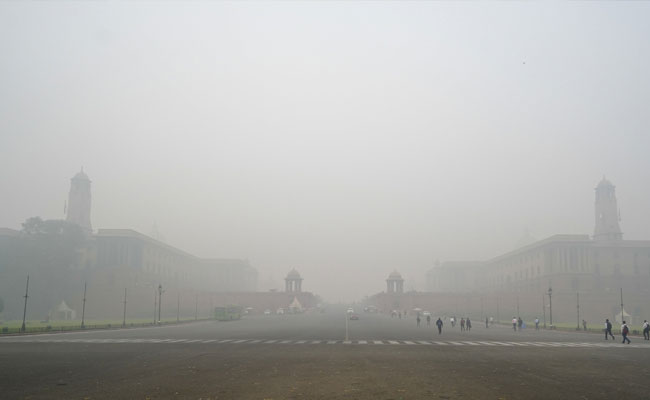Bagalkot: Mudhol hound; the native canine breed has already made waves among dog lovers for its amazing sniffing skills, exemplary obedience and inimitable hunting capacity with agility, but after the mention of its name by Prime Minister Narendrea Modi in his latest ‘Mann ki Baat’ series, it has added another feather in the crown of this ‘Desi’ breed.
During his recent address in ‘Mann ki baat’, Modi had not only praised the services of Indian breed of dogs, but had also appealed to people to adopt Indian dogs over the foreign breed.
Taking names of some of the known Indian breed of dogs, he had mentioned Mudhol hound also in his speech.
This breed of dog could run at the speed of around 50 km/hour, and could sniff any object from the distance of 3 km. This ability has grabbed the attention of the Armed Forces which have shown interest in absorbing this native canine breed in their service.
The Mudhol hound has its own history. Sources said that the dogs were used by Maratha King, Chhatrapati Shivaji during the wars.
The names given to the dog as ‘Mudhol’ after the erstwhile princely state of Mudhol, which was part of the Bombay Presidency during British rule. The last king of the state, King Malojirao Ghorpade said to have presented a pair of these puppies to King George V when he visited the UK and it was the English emperor who names the dogs as Mudhol hounds.
Mudhol hound is being raised at Canine Research and Information Centre (CRIC) in Mudhol taluk of Bagalkot district. The lone such centre in the country that is dedicated to the raising of Mudhol hounds, comes under Karnataka Veterinary, Animal and Fisheries Sciences University (KVAFSU), Bidar.
After knowing its different hunting and sniffing skills, the Indian Army has already adopted the breed for various acts including detecting explosives or in Naxal-affected areas of the country.
The Army has made these dogs undergo vigorous training that lasts for around nine-month training at the Remount Veterinary Corp in Meerut, Uttar Pradesh.
These dogs are serving in border areas of India, including Kashmir and Rajasthan. Besides the armed forces, even police departments of States such as Andhra Pradesh and Rajasthan have taken Mudhol dogs for security.
The Army is already using different breeds of dogs including Labrador, German Shepherd, and Belgian Shepherd for security purposes. However, the officials of the centre believe that Mudhol hound is better compared to other dogs in sniffing and running abilities. These abilities of the dog promoted the armed forces to adopt Mudhol hounds.
After the Armed Forces, even the elite security agency of the country; the National Security Guard (NSG), the country’s premier counter-terrorism force, showed interest in the breed and took some puppies for training and adopting in their service.
Besides the centre, even the local farmers also raise the puppies for additional earning. These puppies are purchased largely by farmers to protect their crop against stray animals or security of farm houses. Some raise it as pets at their homes.
Let the Truth be known. If you read VB and like VB, please be a VB Supporter and Help us deliver the Truth to one and all.
Jamshedpur (PTI): One person was arrested on the charge of raping a 30-year-old woman with speech impairment in Jamshedpur, a police officer said on Tuesday.
The incident occurred in the Azadnagar police station area of the city, and a case in this regard was registered based on the statement of the victim's brother on Monday.
The victim had gone to fetch water from the premises of a company on Monday evening. When she did not return even after a considerable time, family members went out in search of her and caught the accused red-handed, police said.
ALSO READ: BJP accuses Karnataka govt of 'failing' to prevent noise pollution caused by 'azaan'
The accused was a caretaker of the company.
Deputy Superintendent of Police (Patamda) Bachandeo Kujjur said due to scarcity of water in the area, the victim used to fetch water from the premises of the company.





